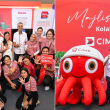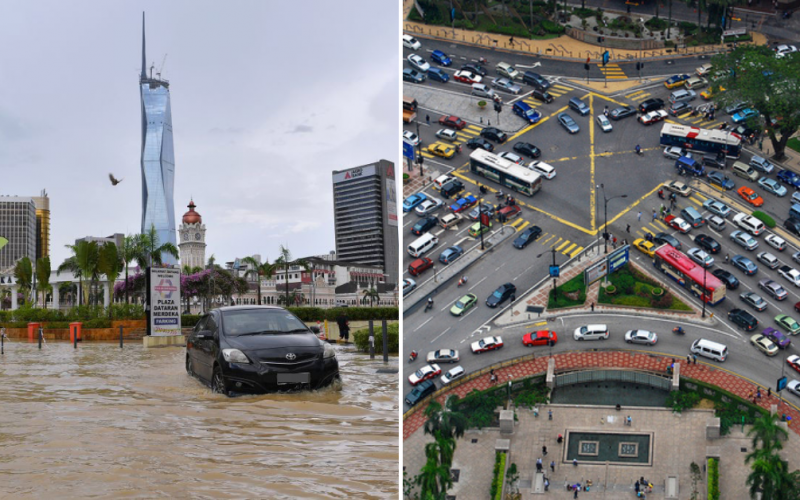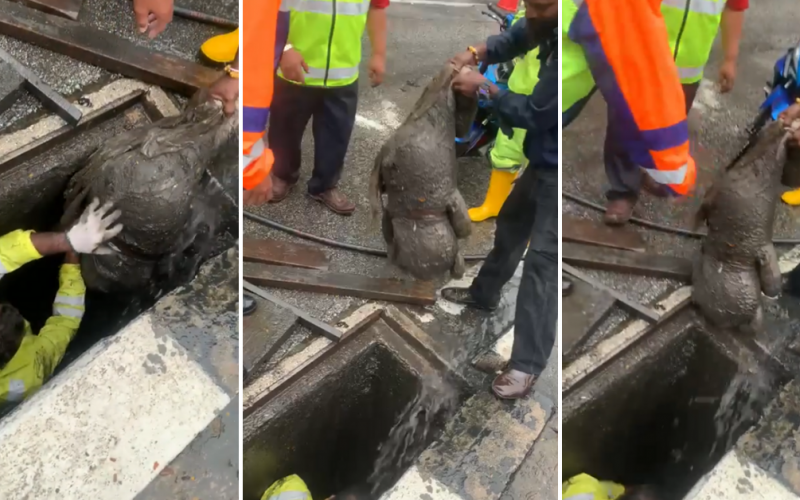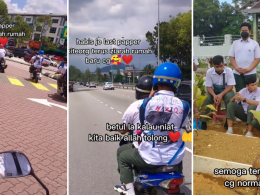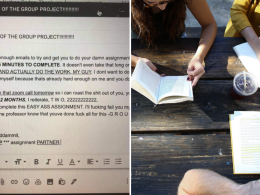Kuala Lumpur has often been touted in local travel brochures as being one of the brightest gems in the country. After all, the metropolitan area that comprises much of the Klang Valley has always been in the centre of major development projects on a private and federal scale, while boasting a wide spectrum of urban infrastructure facilities such as public transport networks and region-wide Internet connectivity.
Despite all those modern conveniences, many residents are growing increasingly jaded of living in Kuala Lumpur, especially in light of increasingly frequent issues such as public transport disruptions and flash flooding.
KL is no longer the city of dreams?
Given that fact, some have wondered if Kuala Lumpur still is the beacon of metropolitan success that it once was, or have things taken a turn for the worse? Well, for climate activist Aidil Iman Aidid, he argues that Kuala Lumpur is no longer a livable city. And many netizens are inclined to agree.
But why is that so? Well in a now-viral Instagram post, Aidil points to a few notable factors. The first being the fact that despite it only being May, KL has already witnessed its third major flash flood event of 2022 yesterday (25th May 2022). Occurring as a result of the continuous downpour that began on Wednesday morning which lasted well into the rest of the day, many major roadways in the city were left incapacitated as water levels began rising.
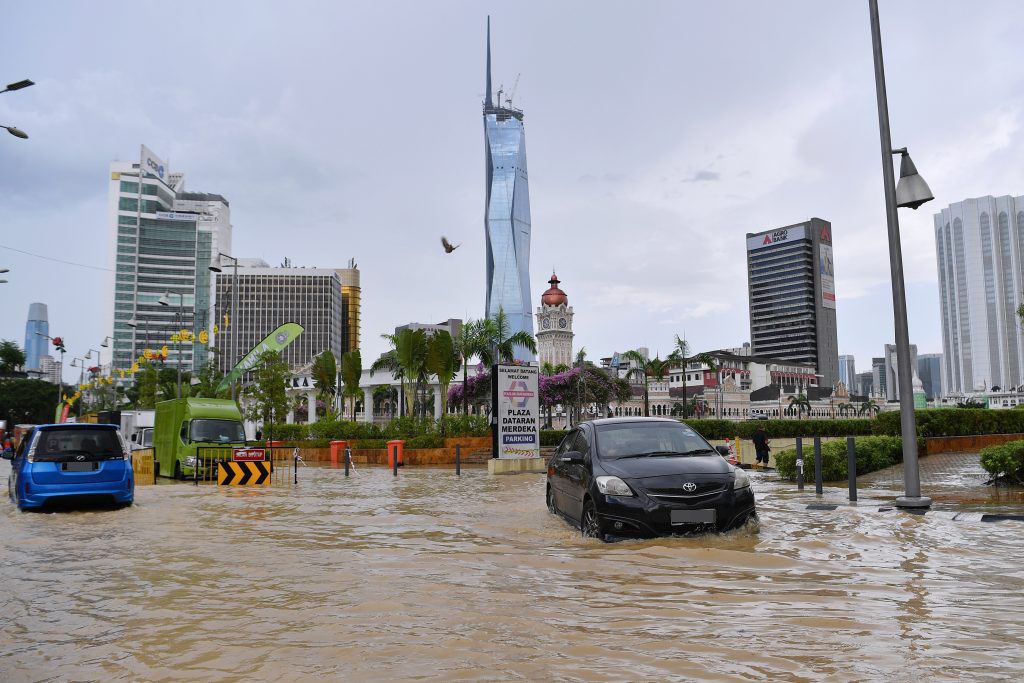
The same situation was witnessed on the 25th of April, and the 7th of March this year. Despite increasing incidents of flooding, Aidil points out that there has yet to be any declaration of a Climate Emergency being made by the local government.
Traffic jams & public transport woes
He then brings up the matter of traffic congestion in the city, citing a 2017 study conducted by Boston Consulting Group (BCG) for ride-hailing service Uber, which indicated that those driving in Kuala Lumpur spend upwards of 53 minutes every day being stuck in traffic. A separate study conducted by Confused.com, a UK based financial services comparison platform specialising in comparison of insurance and financial services, in 2022 ranks Malaysia as the 8th most stressful country in the world to drive in.
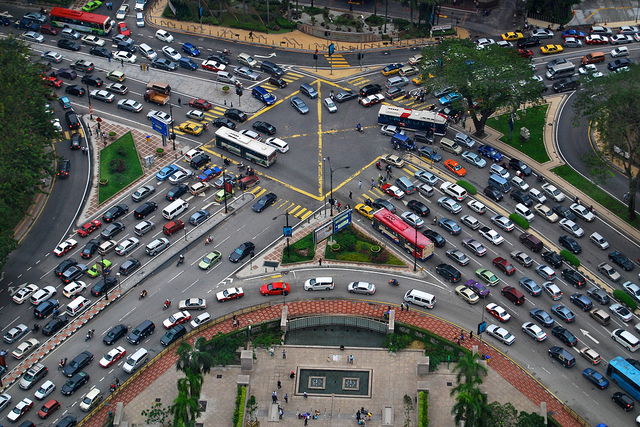
But what about public transport infrastructure? Well, things don’t look that green either, as the Klang Valley, like many of its Southeast Asian metropolitan counterparts, was built around private cars. So much so that Aidil claims policymakers still believe that expansive road infrastructure is synonymous with economic success.
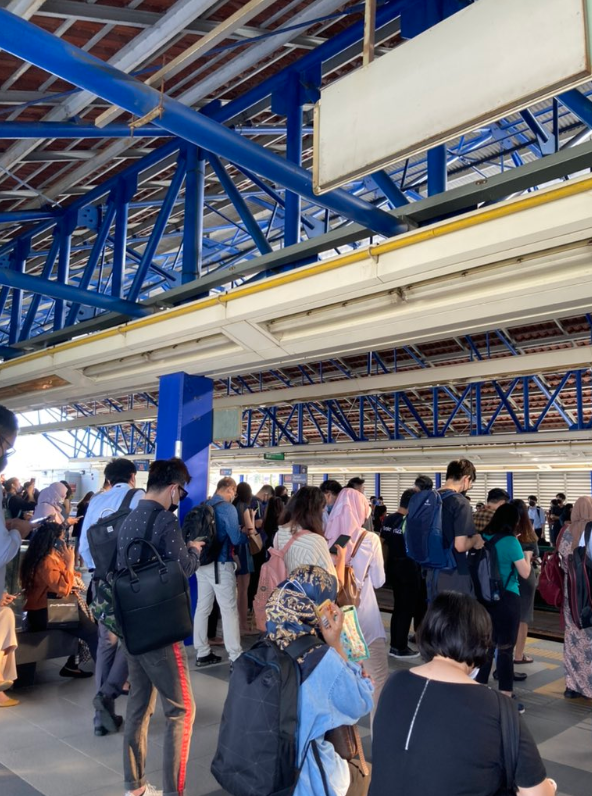
As a consequence of that belief, first and last mile connectivity for public transport networks here in KL continue to suffer. For those not in the know, first and last mile connectivity refers to the distance required for an individual to travel from their location of origin to a public transport hub, or the distance required for them to travel from a public transport hub to their intended destination.
And that’s before mentioning the constant breakdowns and service disruptions that have occurred over the past five months.
Green lungs in KL are all choked up
Then there is the matter of green spaces and local ecosystems that exist natively in KL, many of which have been steadily eroded in the name of urban development and gentrification. Citing Bukit Persekutuan as an example, Aidil said that it was slated to have been the ‘green pulse’ of the capital. But the forested area is now under threat after 3 separate development projects have been approved in the area.
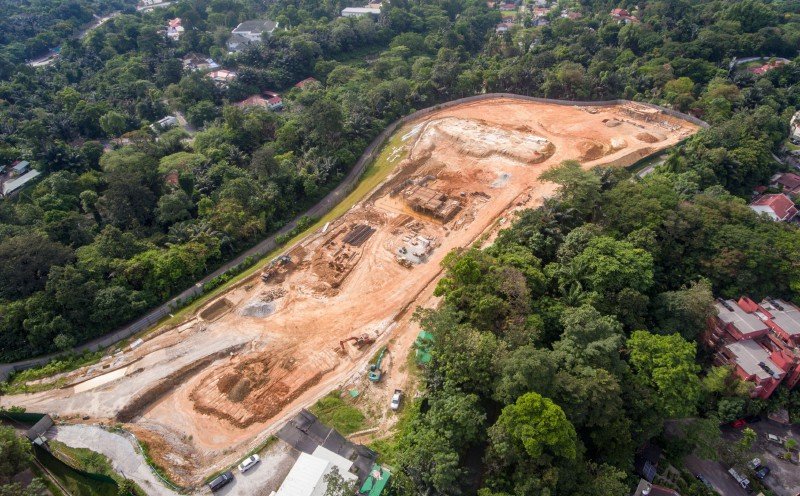
This is in addition to sanctioned developments in 13 areas that have previously been identified as retention ponds, which act as defense systems against protracted rainfall and flooding.
The issue of shrinking green spaces applies to public housing as well, with Aidil observing how in some extreme cases, PPR flats have had playgrounds and green pockets demolished in favor of more parking spaces. With a lack of balconies in PPR flat units, he expresses concern over how a lack of open recreational spaces could affect the mental well-being of local residents.
So what can be done?
With all that being said, what can be done to make Kuala Lumpur more livable again? Aidil has point to a few particular criteria by which cities can be judged as being livable, namely:
- A city that provides equal opportunity to all residents to enjoy green spaces
- A city with an abundance of public spaces
- A city with efficient public transportation systems
- A city with robust healthcare availability
He has also urged policymakers to begin looking towards resolving existing issues within the public transport infrastructure first, as opposed to building more highways as a solution to traffic congestion in KL. And on the subject of flash floods, he has recommended changes in our approach to city planning, calling for an emphasis on ‘sponge cities’, as well as the inclusion of wetlands and natural vegetation to help circumnavigate the issue of flash flooding in Kuala Lumpur.
His post, which has since garnered over 12,753 likes as of writing, has resonated with many netizens online who have echoed his sentiments.
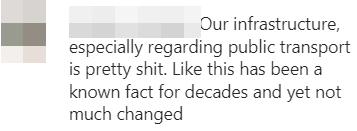

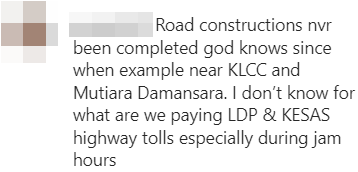
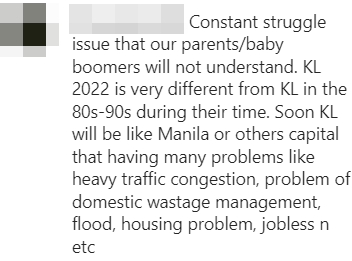
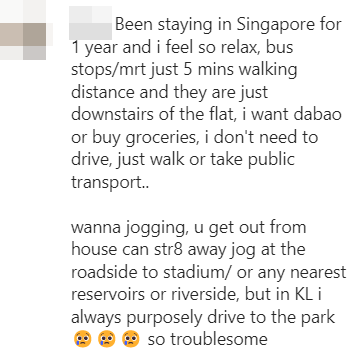

Tap here to give us a ‘Like’ on Facebook and stay up-to-date on the latest news!


